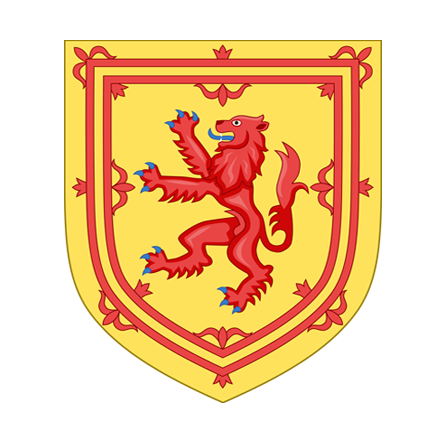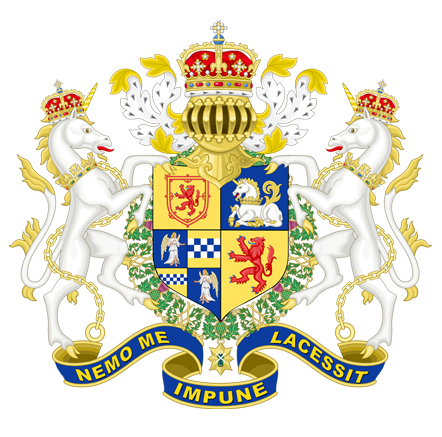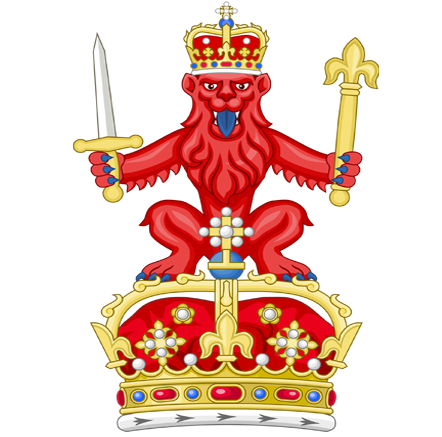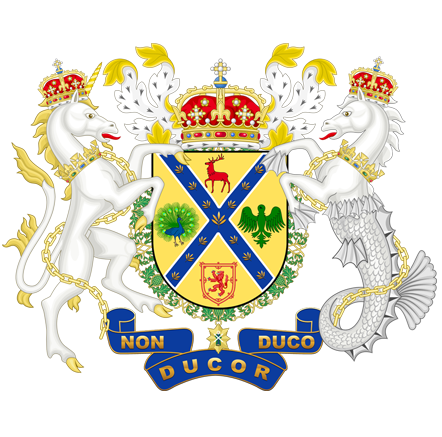The Legacy of the Stuarts
From medieval stewardship to crowns united under one sceptre, the Stuarts shaped Scotland and the wider British Isles across centuries of change. Their legacy endures in law and learning, in architecture and the arts, and in the spirit of a nation that guarded its freedoms with dignity and resolve.

Origins of the Stuart Line

The name “Stewart” derives from the office of High Steward of Scotland, first held in the 12th century. Over time, stewardship became surname, and service ripened into sovereignty. In 1371, Robert II ascended the Scottish throne, inaugurating a royal line that would guide the realm through war, reformation, union and tremendous cultural change.
Renaissance Courts Reform
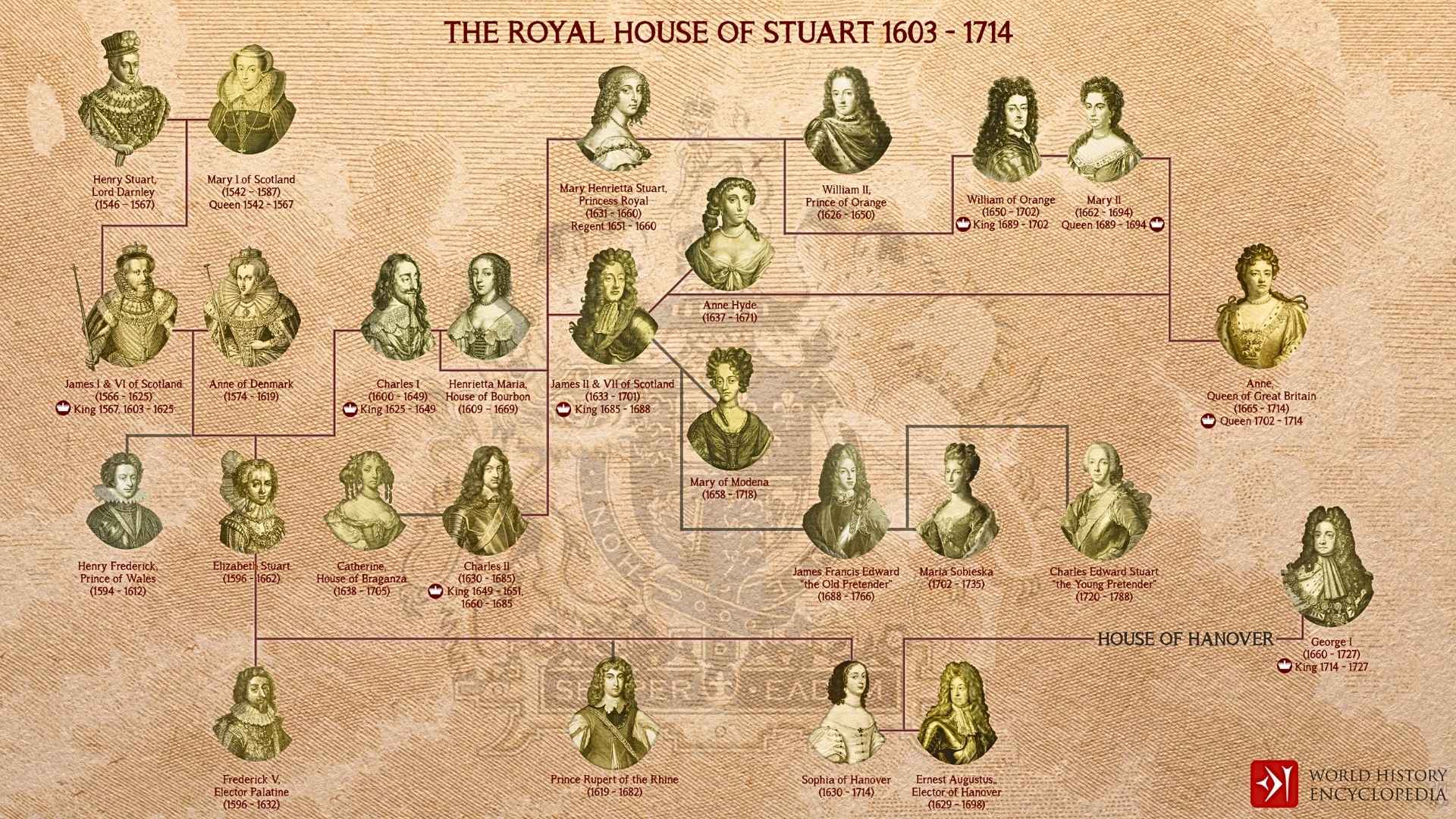
During the Renaissance, this section examines the Stuart dynasty’s approach to governance and court reforms. It explores the royal family’s political, legal, and social strategies in detail. The reforms were instrumental in consolidating monarchical power, modernising the justice system, and organising court protocols.
The Union of the Crowns
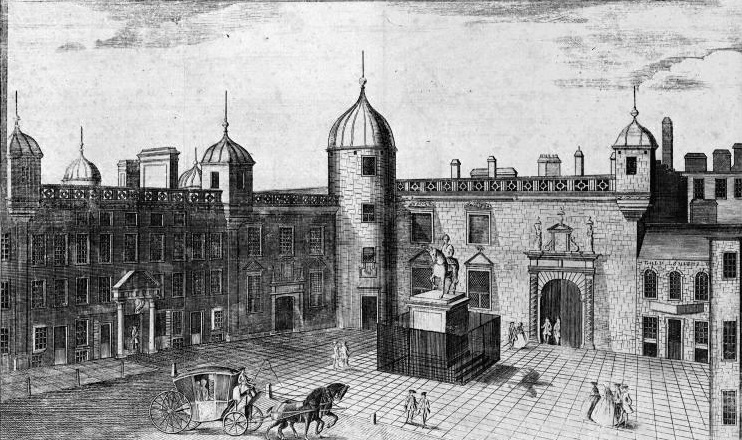
In 1603, James VI of Scotland inherited the English throne as James I, uniting the crowns of Scotland and England in his person. The realms remained legally distinct, but the royal court and foreign policy shifted in unprecedented ways. This personal union reshaped power, culture and commerce across the British Isles, setting the stage for a new constitutional and geopolitical order.
Civil War, Commonwealth
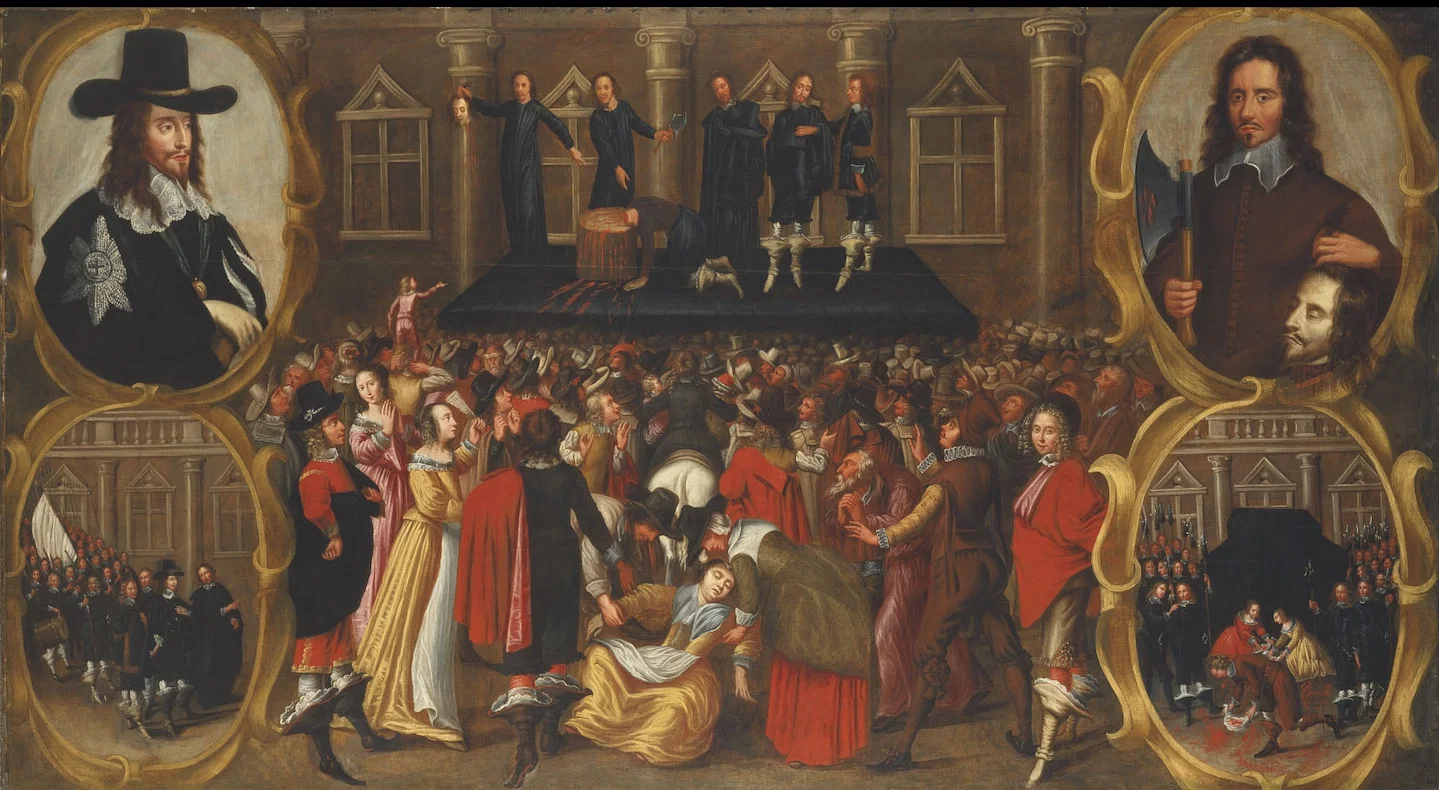
The 17th century brought civil war, the execution of a king in England, and republican experiment. Scotland’s loyalties, parliaments and confessions were tested as never before. The Restoration of the monarchy returned ceremony and continuity, yet underlying questions of governance, conscience and sovereignty endured.
1688–89 The Revolution
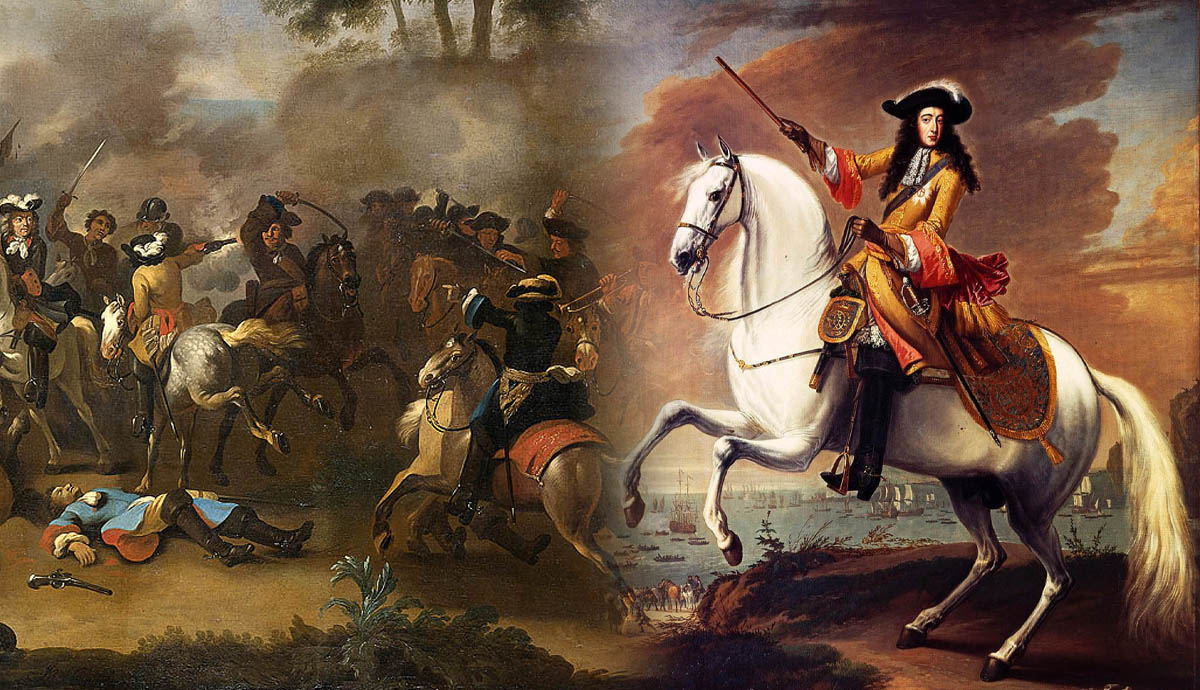
The crisis of 1688–89 ushered in a constitutional settlement that limited royal power and strengthened Parliament. The Revolution reset the terms of monarchy across the kingdoms, replacing one Stuart sovereign with another line of succession, yet preserving fundamental institutions in Scotland: its law, kirk and educational framework.
The Jacobite Story
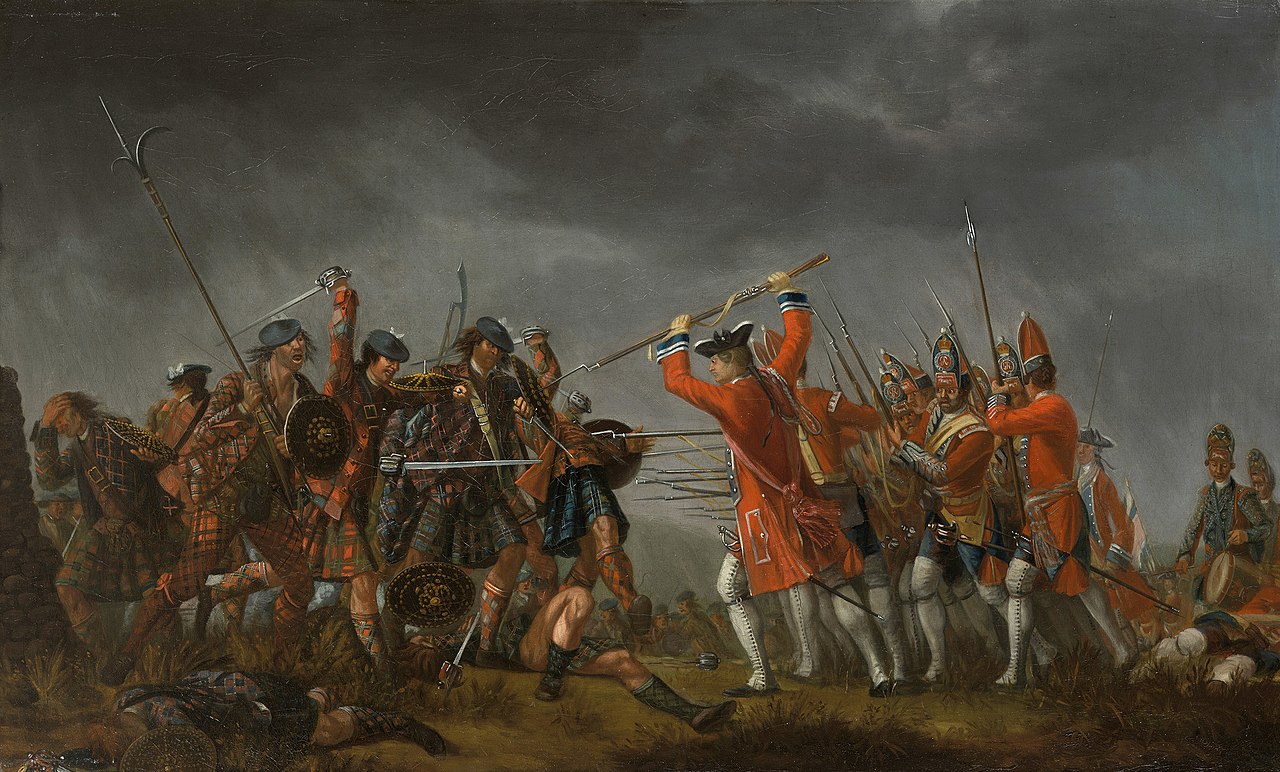
The Jacobite Legacy — noble, steadfast, and deeply rooted in the soul of Scotland — stands as a testament to courage, honour, and unyielding faith in rightful sovereignty. Far more than a political movement, it was a noble quest for justice and heritage that united clans, inspired songs, and forged a national identity.
Cultural Flourishing
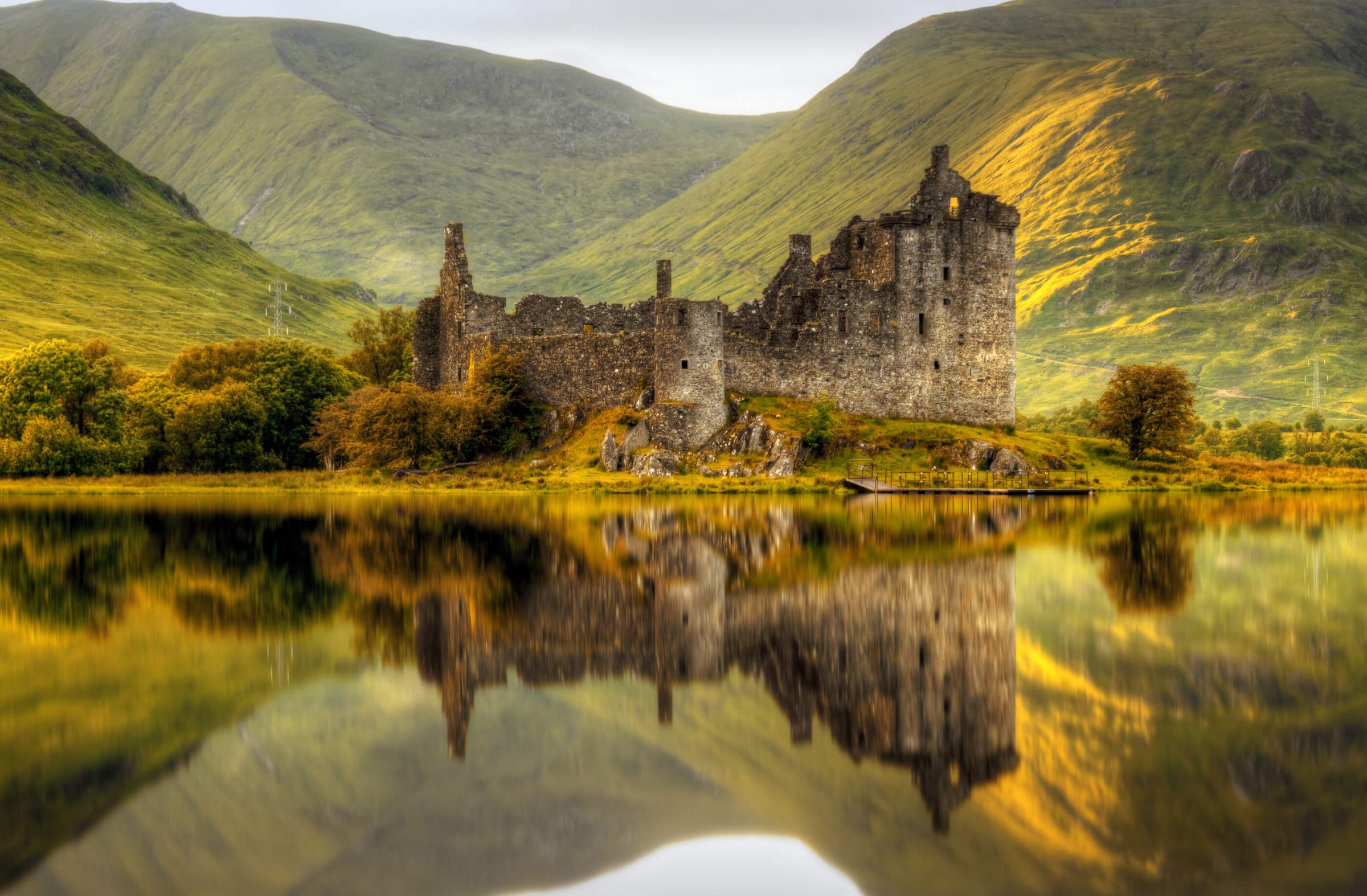
Under and after the Stuarts, Scotland’s universities and legal tradition cultivated a learned society that would power the Scottish Enlightenment. Schools expanded, printing houses multiplied, and a framework of civic improvement took root. The law of Scotland retained its distinct character, a testament to national institutions that endured through political change.
